Singapore
MAS claims Singaporean banks withstood stress test
MAS claims Singaporean banks withstood stress test
Restates policy of not revealing test results.
Singapore’s private banking services sector by the numbers
Government says sector has created good quality jobs.
UOB gets more worried over liquidity requirements in global banking scene
It's also scared of the sluggish ASEAN region.
4 things banks need to know about DDoS attacks
To cope with an increased number of large distributed denial of service attacks, banks must not only have plans in place - they should consider a broad set of defensive tools that combine on-premise technologies and cloud-based scrubbing services.
Why Moody's recent woe about Singapore banks isn't alarming news
Actually, there's a bigger problem ahead.
Why DBS' failed Danamon bid is not a 'crippling' issue
But drawbacks are still challenging.
Major senior management reshuffle at MAS
Shake-up aimed at strengthening the central bank’s leadership.
Analyst worried over UOB's property exposure
Housing loans account for 28% of UOB’s portfolio.
RMB offshoring gathers pace
Over the past couple of years, the issuance of offshore RMB bonds has soared, with levels expected to reach the equivalent of 360 billion yuan this year. To address the growing interest from international investors, a number of markets - in particular Taiwan and Singapore - have established offshore RMB centres in an attempt to capture a share of this lucrative business.
1 in 3 Singaporean finance professionals see wealth management as path to success
Best way to begin career in banking and finance.
Looking at Asian companies' transaction banking relationships from a historical perspective
They want more than commoditised service.
An over-engineered finance industry has gone too far
The other day I conducted a simple statistical experiment. I calculated the “value-at-risk” exposure for an hypothetical investment portfolio consisting of just one bond holding.
Guess what are the big boosters in Singapore banks' laudable 2Q report
Loan growth exceeded expectations.
This is what dragged down OCBC's 2Q13 profit by 14%
Unrealized MTM losses are to blame.
Singapore sovereign wealth fund ready to invest more
GIC is the world's fourth largest sovereign wealth fund.
Singapore banks' system loan growth dips to 9.6% in June
What could be the reasons behind it?
UOB's mortgage growth rate feared to collapse to 5% in 2014
ven group loan growth could slow.

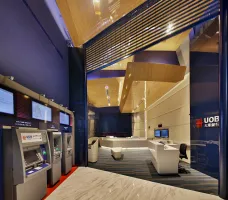
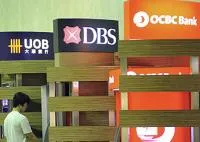

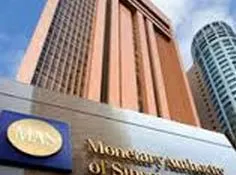
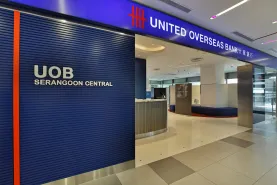

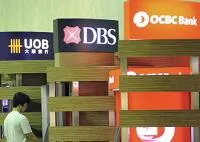
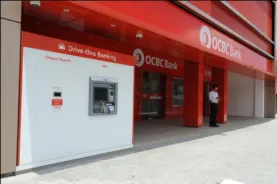
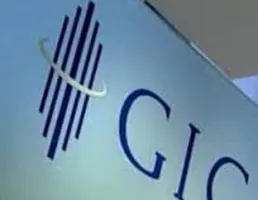
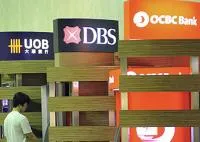
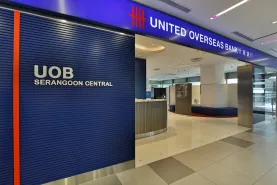

 Advertise
Advertise

















Commentary
The future of Asian banking isn’t ‘AI-first’ – it’s ‘fearless-first’
Why APAC banks must rethink their approach to the cost reduction challenge